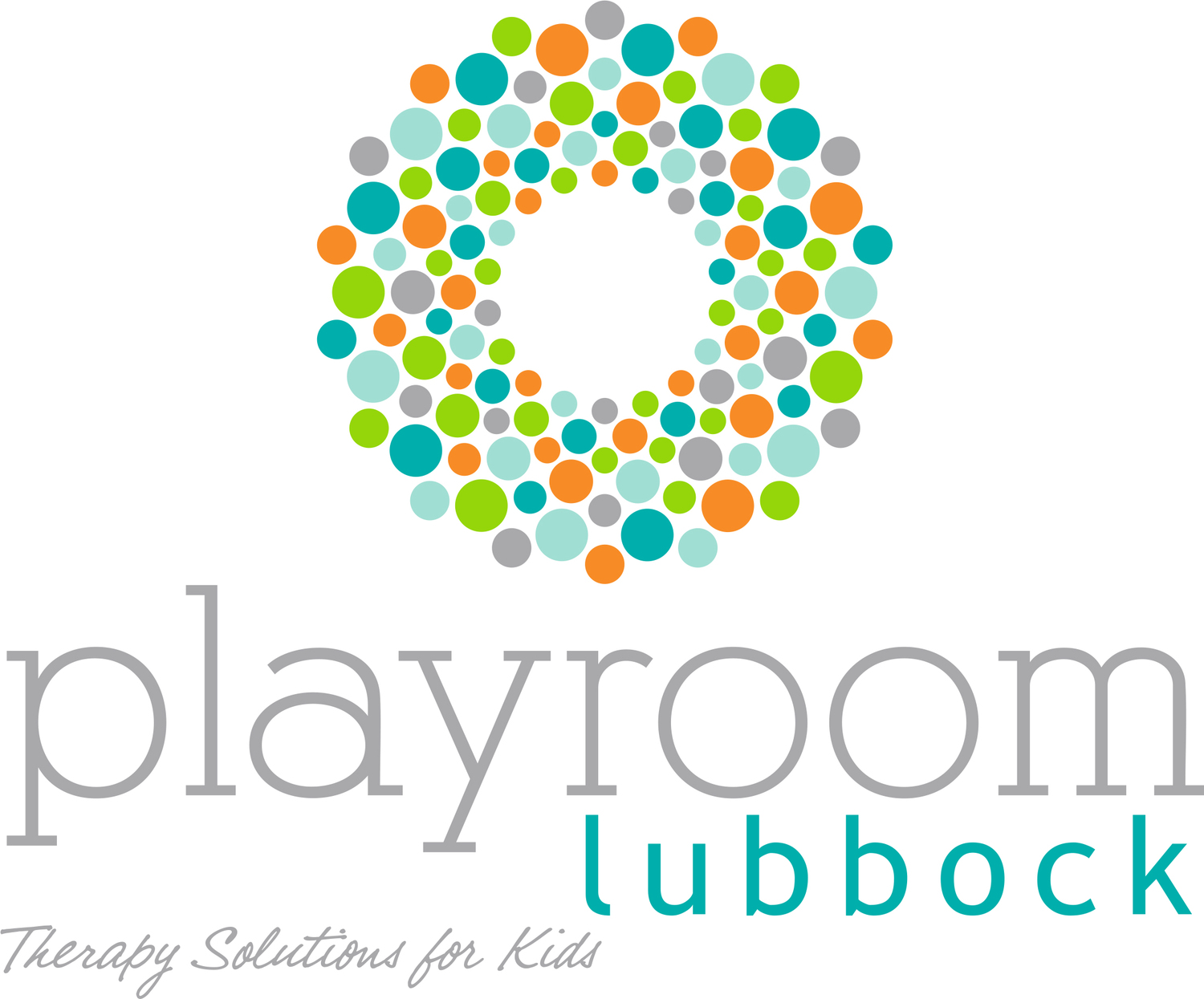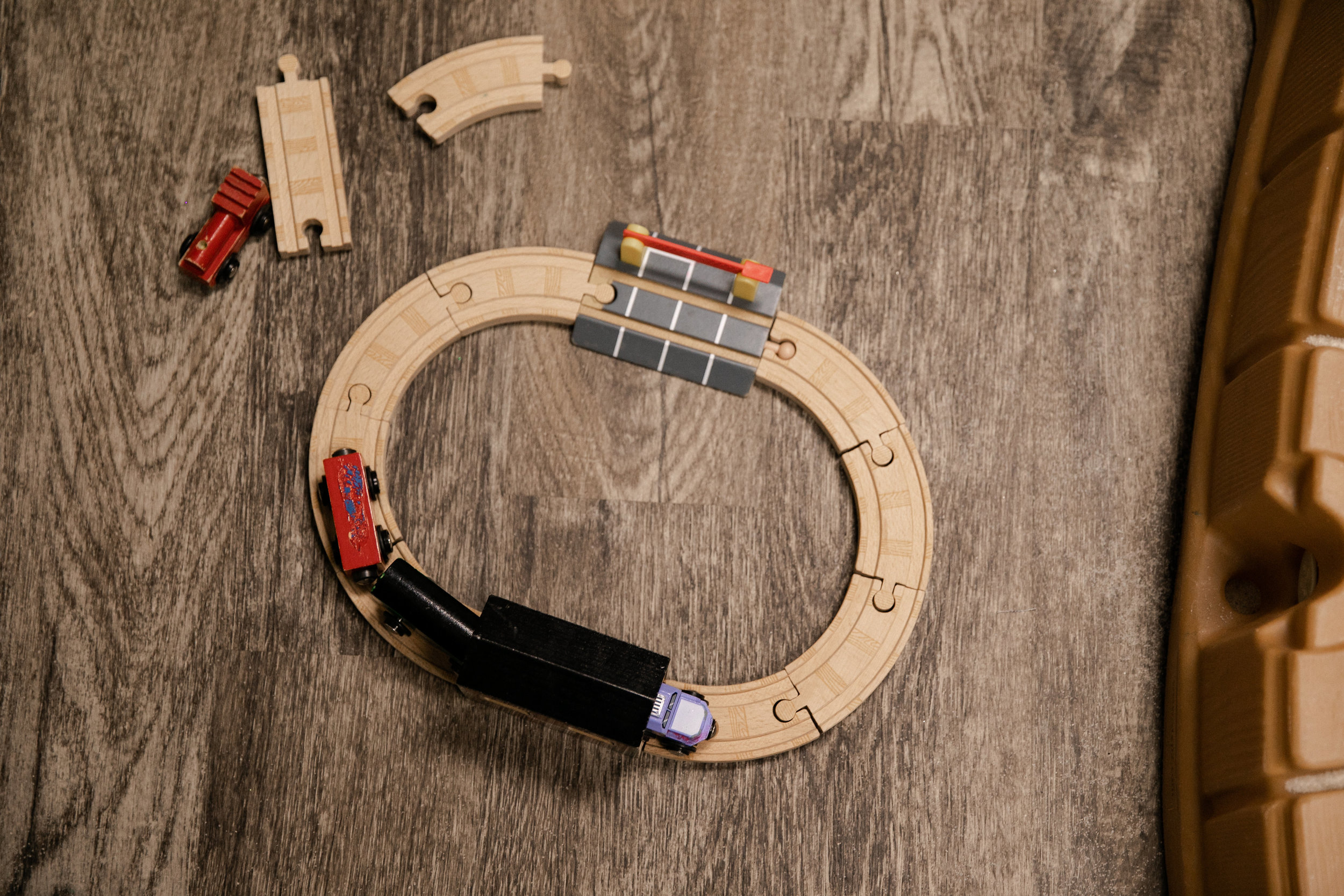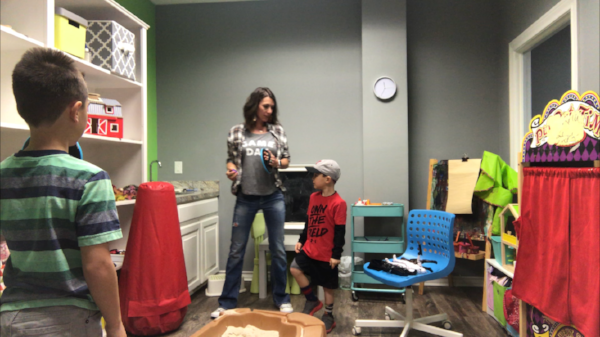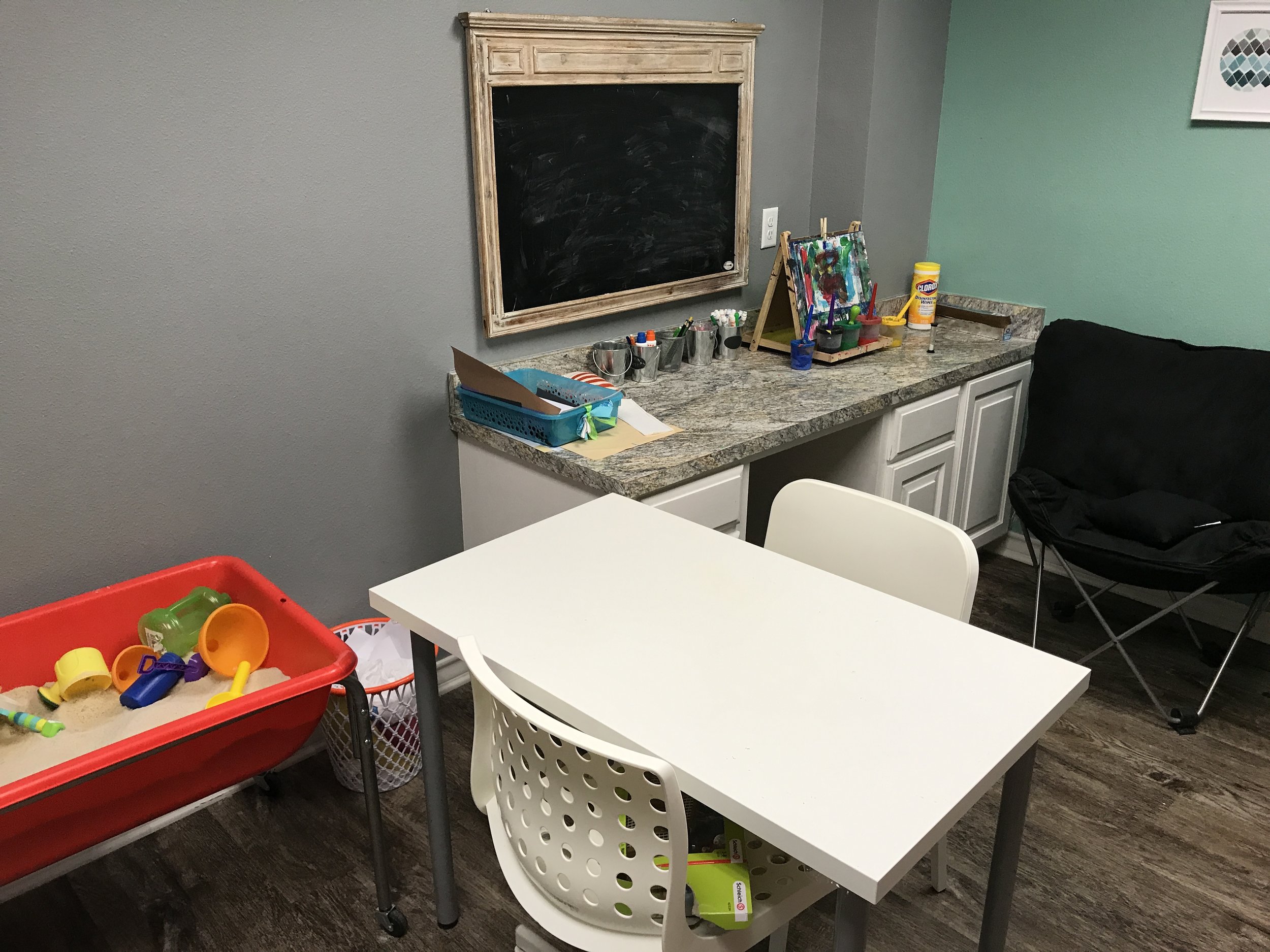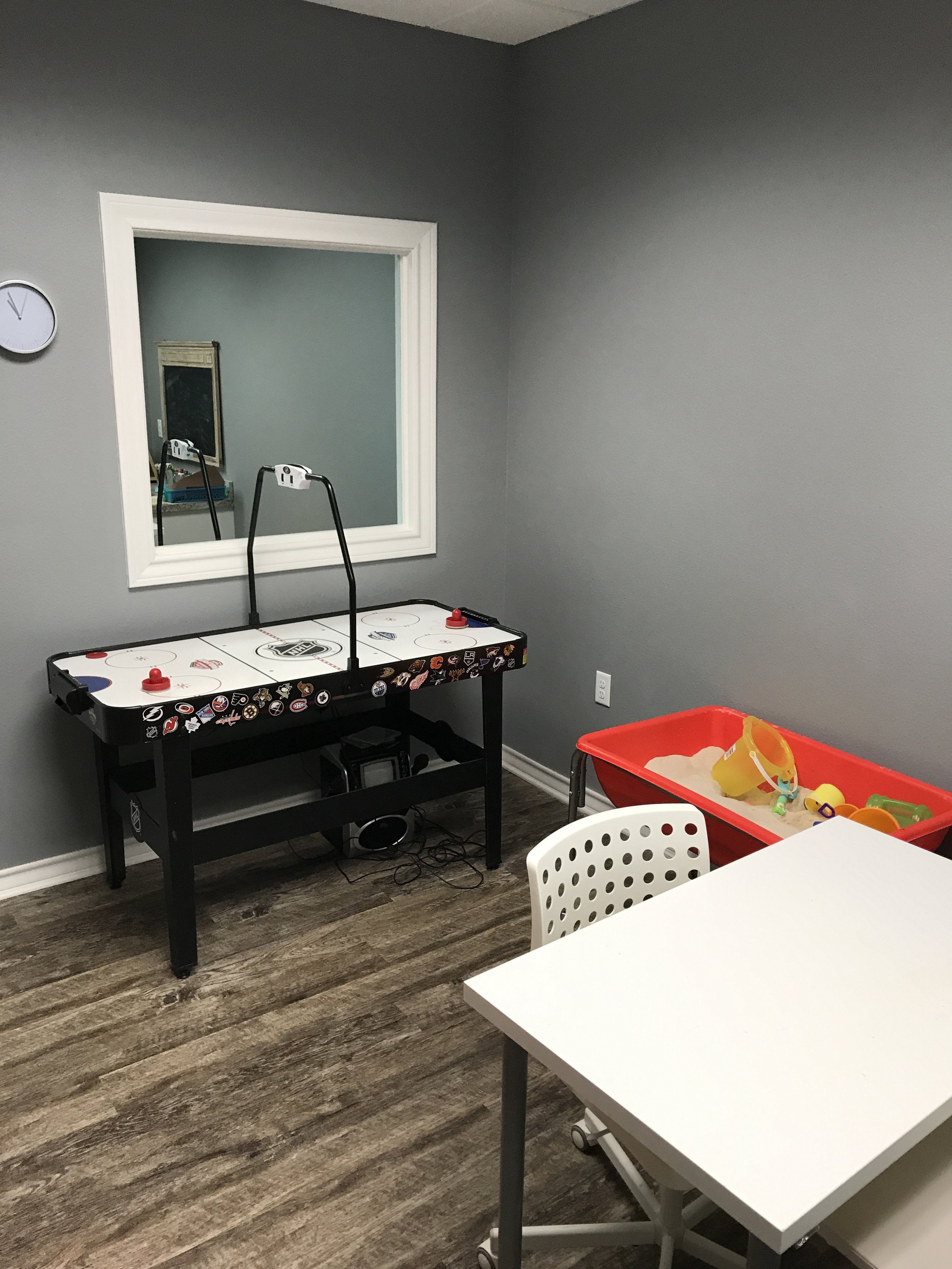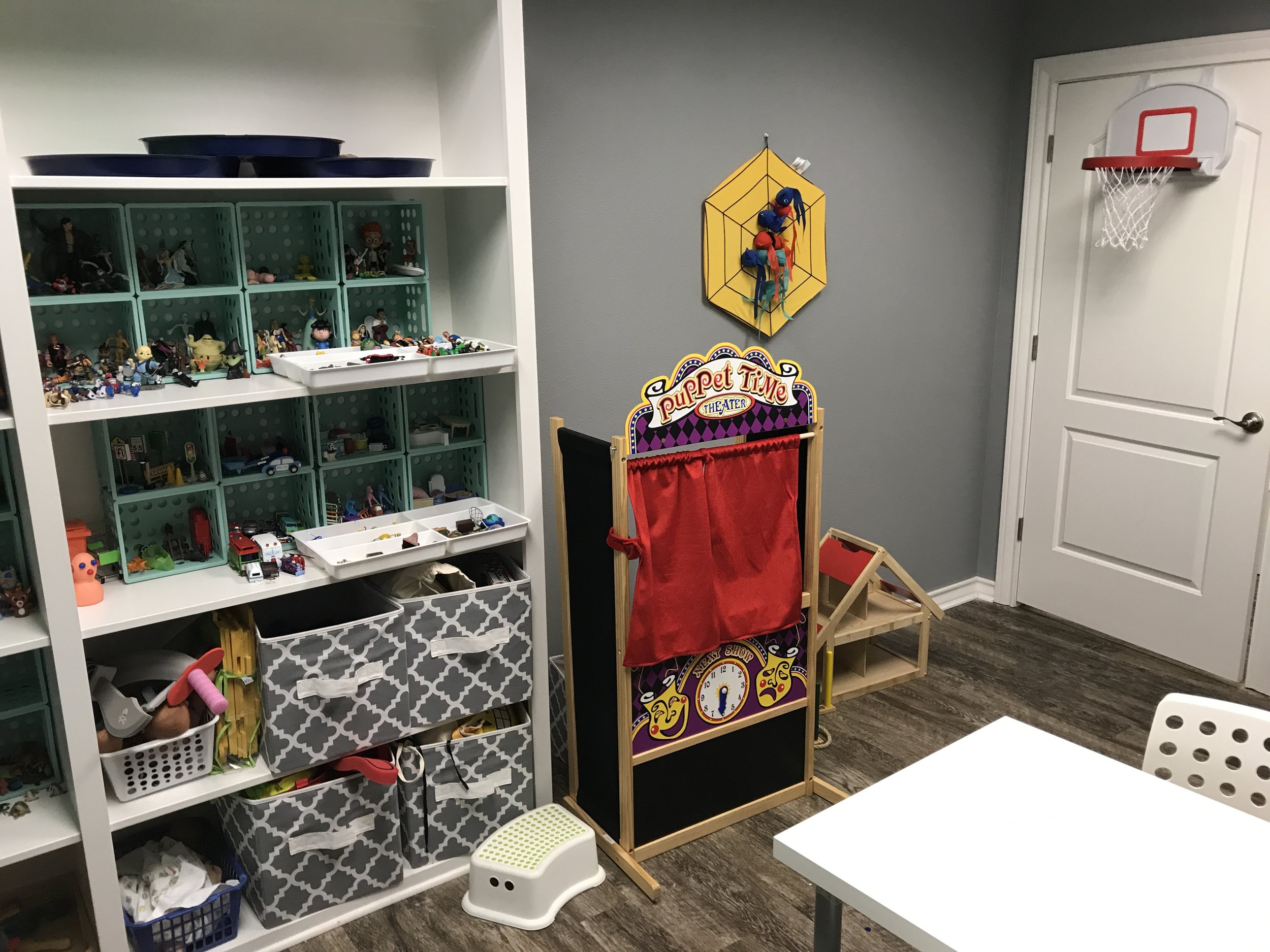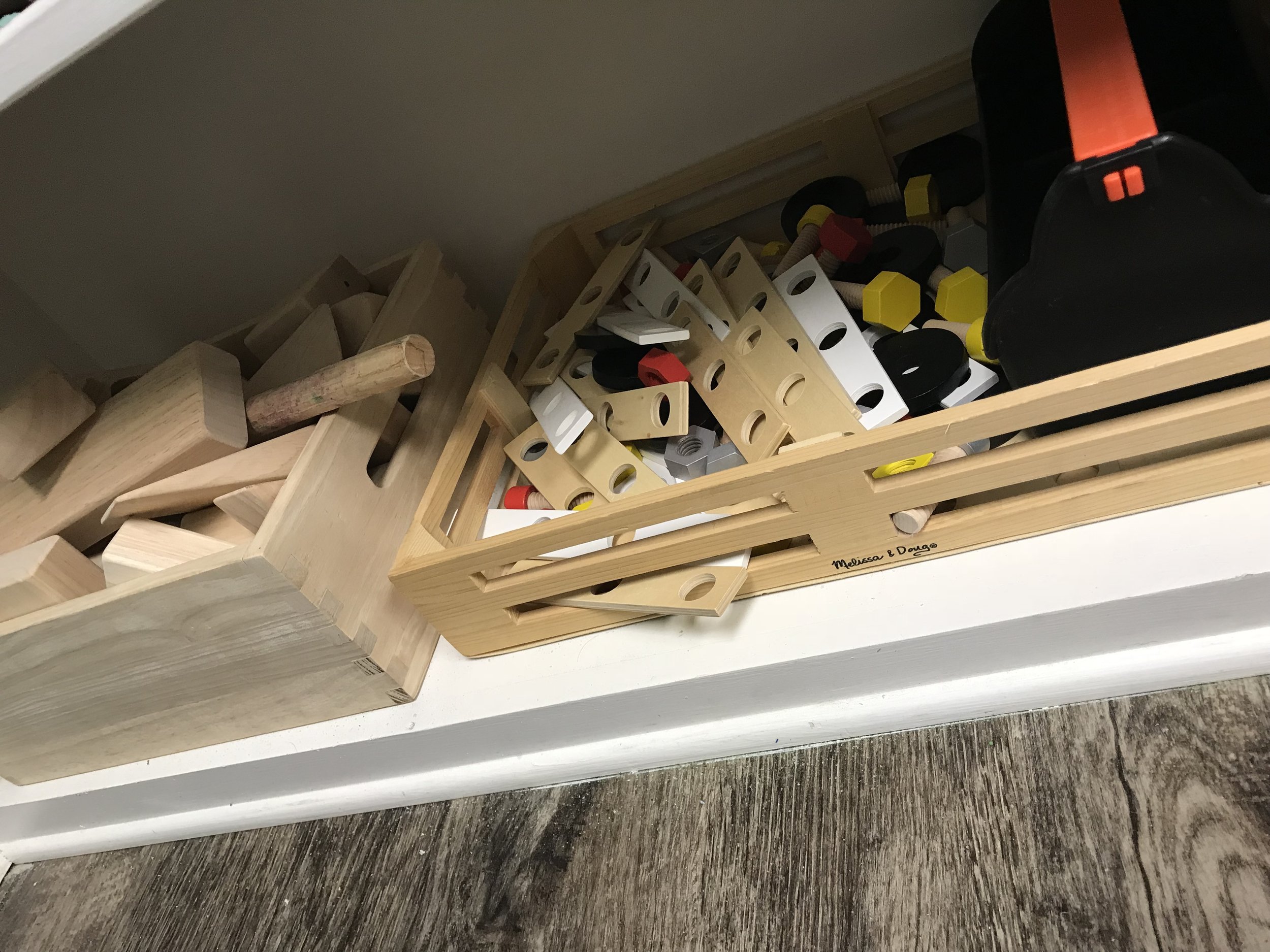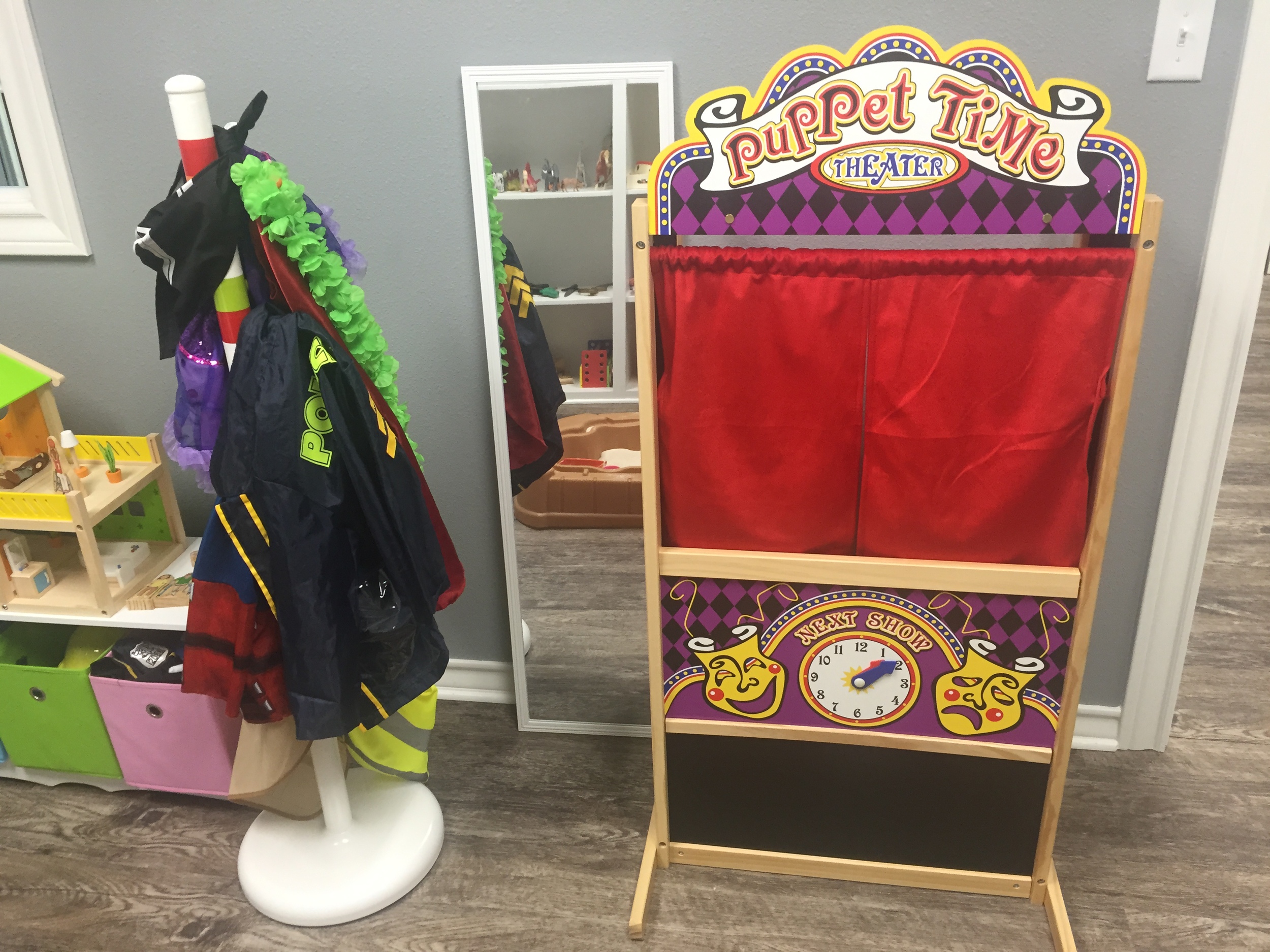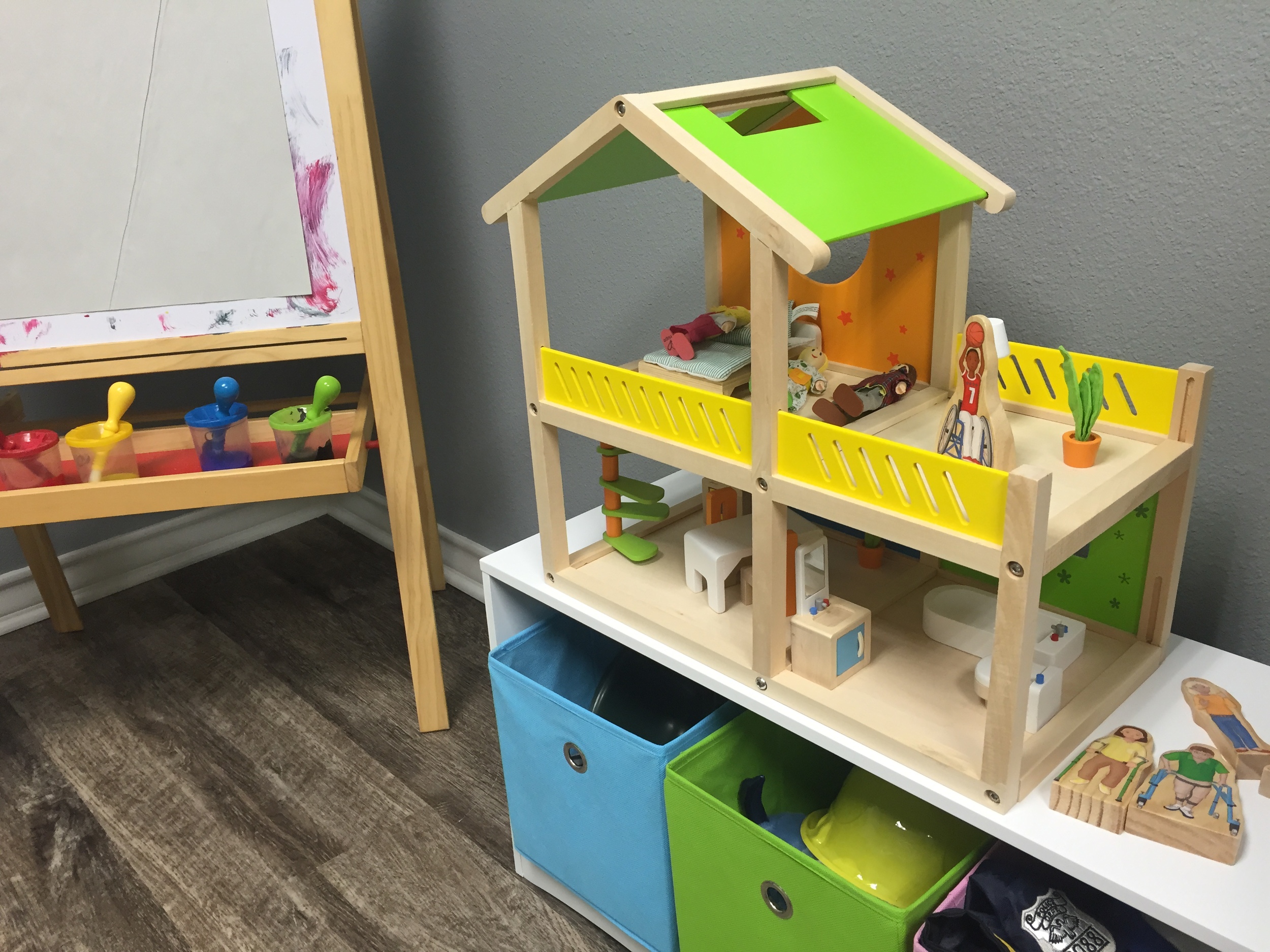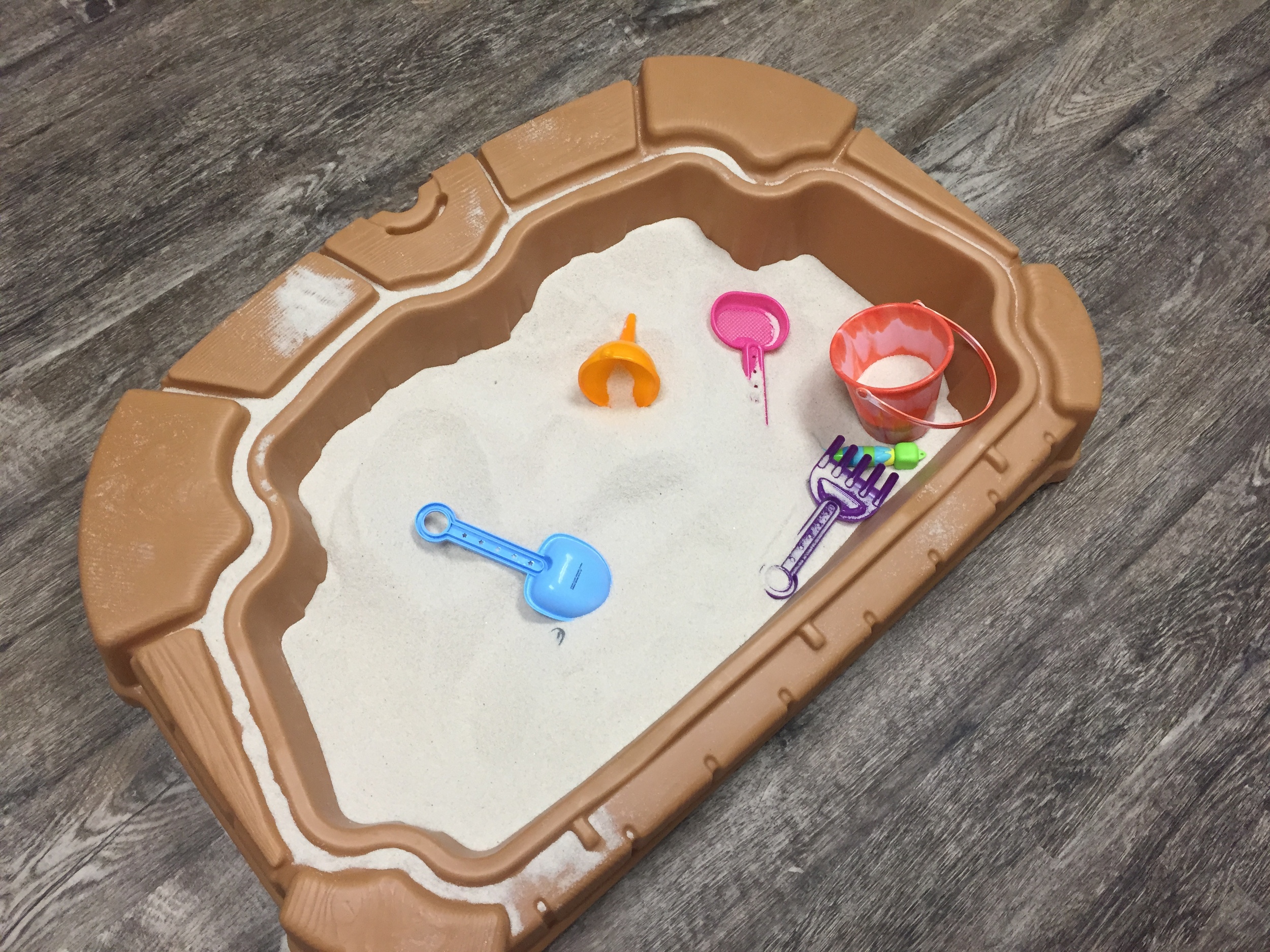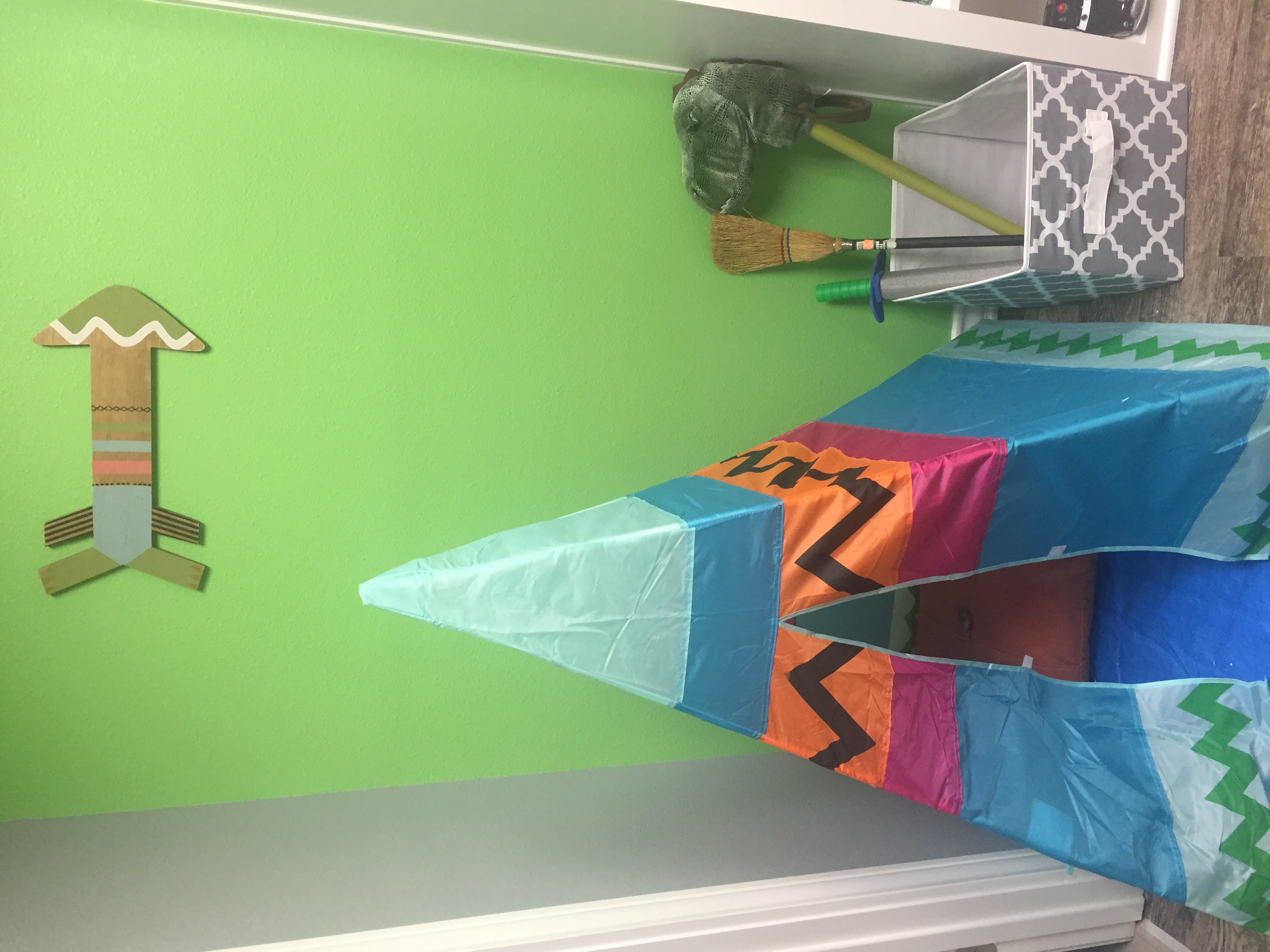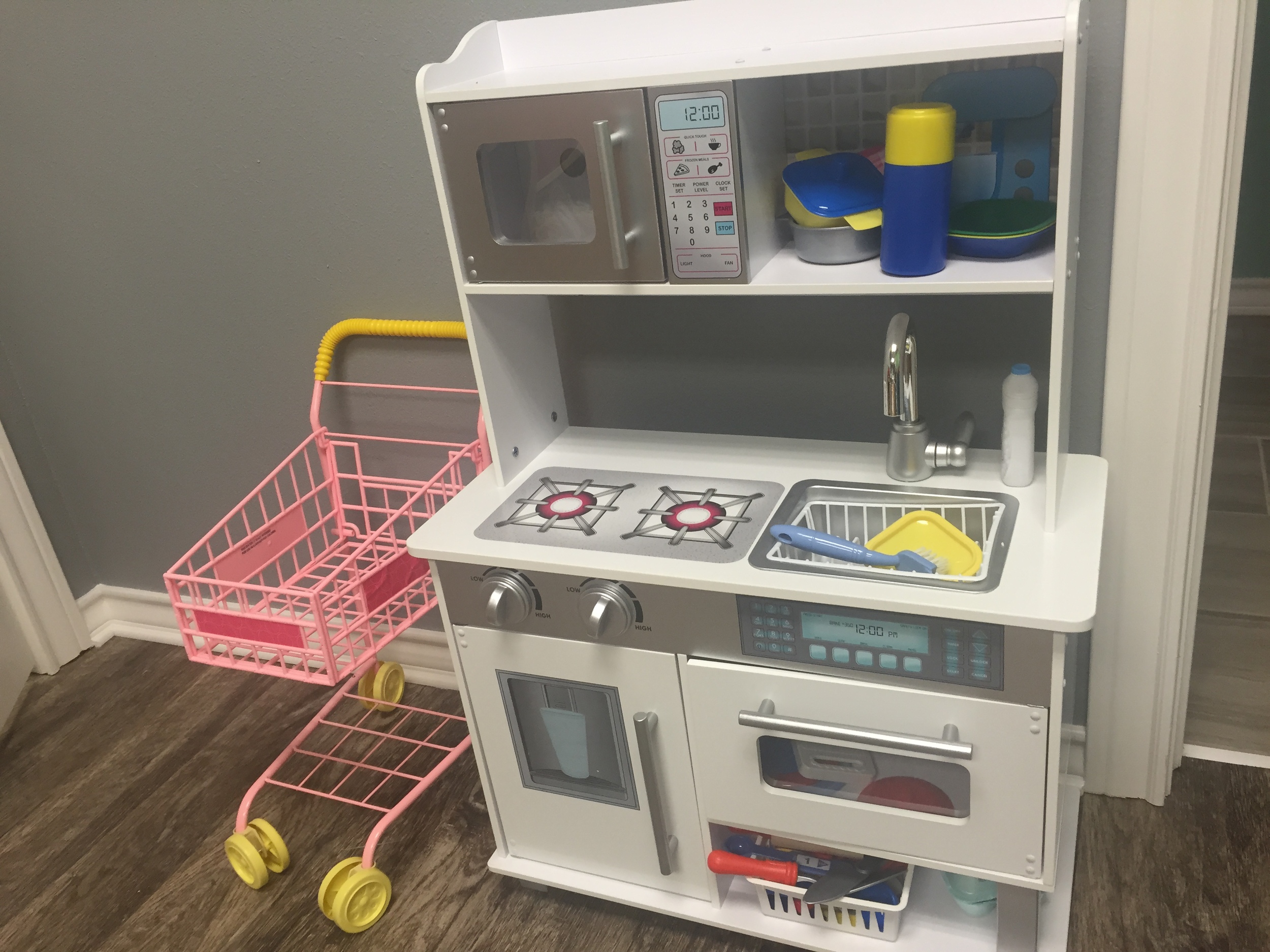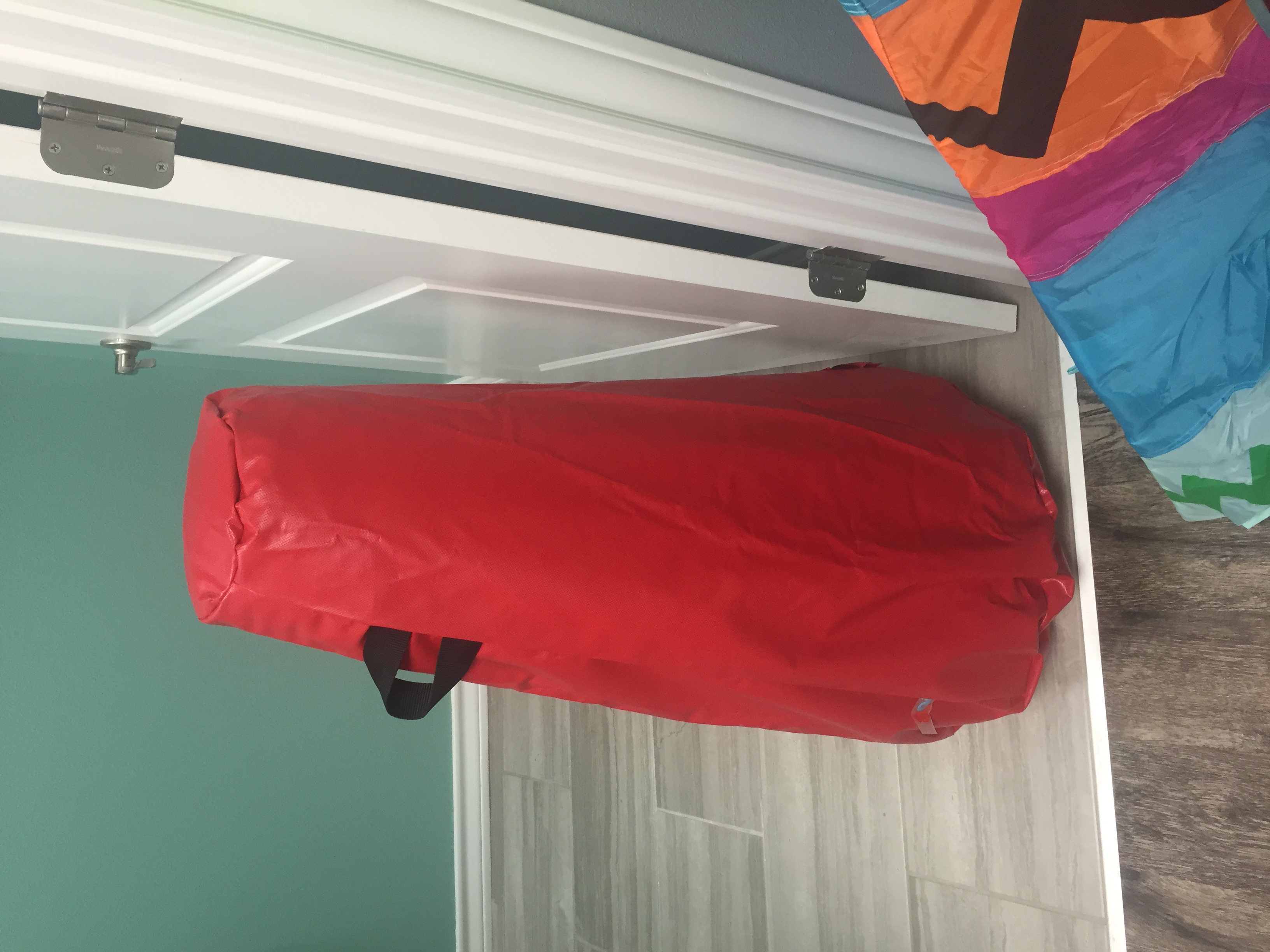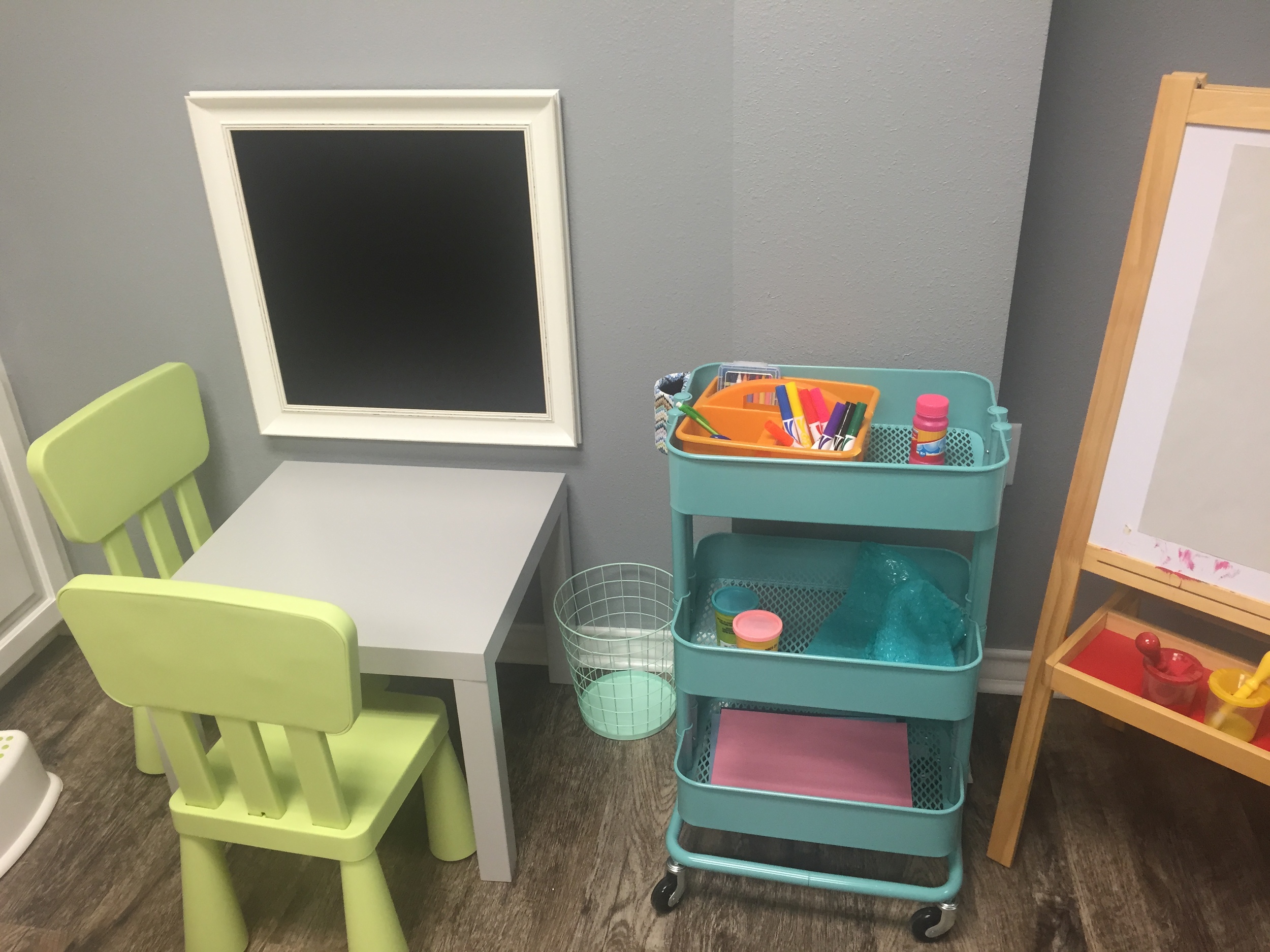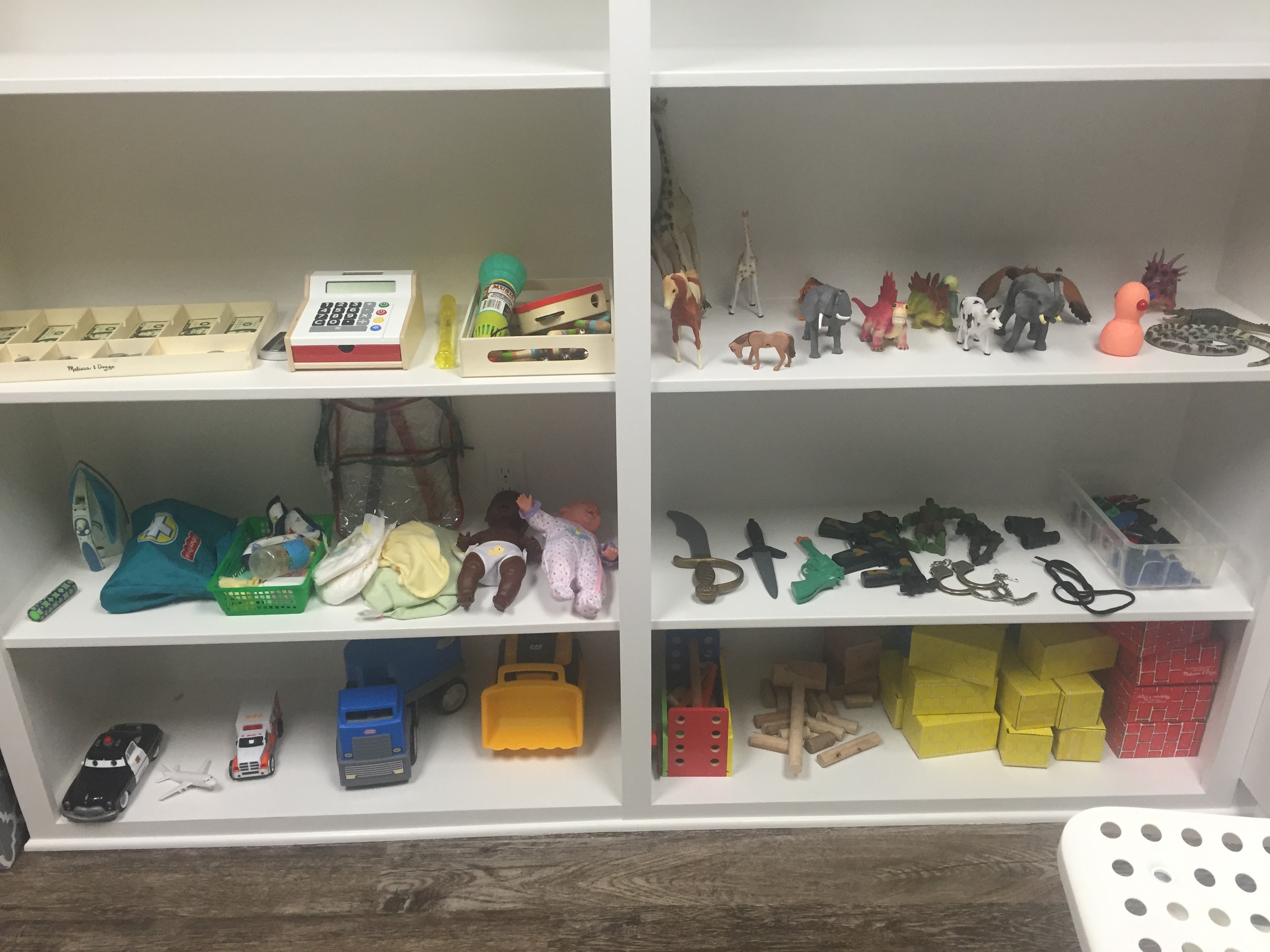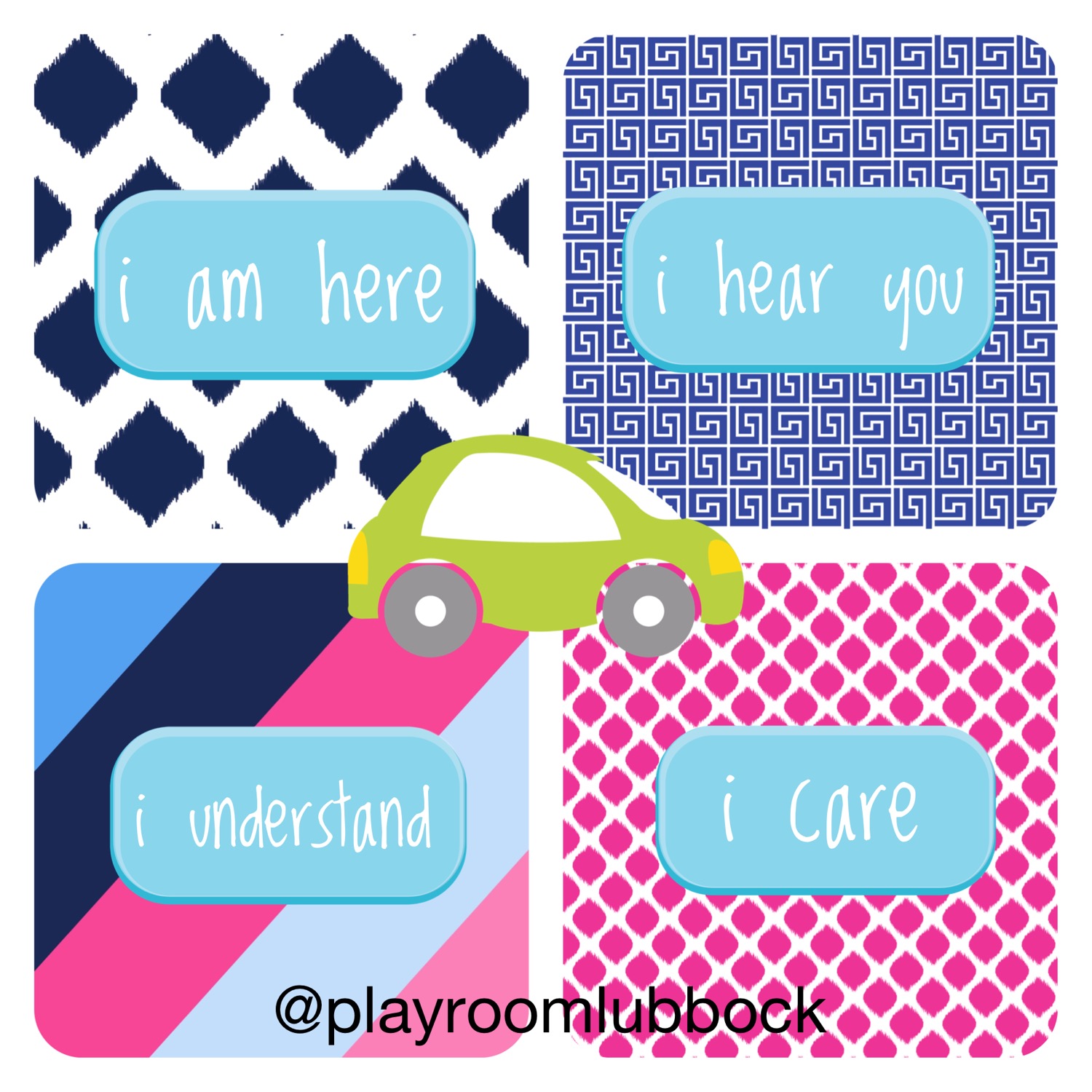4. Subtle forms of anger in children may include pouting, sulking, and whining.
5. Anger can be a response to danger, a form of self-expression, or a declaration of independence. It can also be a symptom of being hungry, tired, or lonely.
6. Emotions under the surface of anger could be: embarrassment, annoyance, shame, guilt, grief, nervousness, insecurity, disappointment, frustration, helplessness, jealousy, regret, hurt, pressure, rejection, fear, inadequacy, or loneliness.
Anger serves a purpose to communicate a child's unmet need. Through being aware, listening, teaching, modeling, and accepting the emotion, anger can be productive rather than destructive. Relieving rather than damaging. Insightful rather than unacceptable. Motivating rather than suppressing.
Strategies for Purposeful Anger for Children
1. Listen, Listen, Listen. Listening may include increasing your awareness prior to any outbursts of anger. What or who has changed for the child in the environment? What other feelings is the child showing? Any other physical symptoms? What is your child doing differently from his/her typical responses or routines? Listen, Listen, Listen also means the obvious for verbal kids: Listen to his/her story without any interruptions or suggestions.
2. Teach and Model: Teach your child to identify the physical responses of anger: feeling hot? heart racing? eyes tearing up? fists clenching? grinding teeth? Put a name to feelings: decide on a feeling name for those responses and put it to use: "I am feeling so ________." Or "You're feeling really ______." Model your own anger managing behaviors by expressing the feeling, verbalizing how you will calm down, and verbalizing your choices.
3. Calm Down: Use some calming strategies when your child feels the symptoms of anger. Ideas are: taking deep breath, blowing into a pinwheel, blowing bubbles, squeezing silly putty, drinking a glass of water, playing alone, shaking sensory bottles, throwing wet sponges outside, stomping on an empty egg carton, drawing, journaling, doodling, listening to music, taking a walk, screaming in a pillow, etc. Giving your child calm down choices helps to reduce frustration, especially frustration that is a result of feeling of powerlessness or helplessness. If your child is feeling out of control and at risk of hurting himself or another person, separate her from that person or from a room/objects that aren't safe. Stop the action and restore safety. We love these 26 phrases for calming down an angry child: Click Here
4. Give Choices: This really only is helpful when a child has calmed down and all physiological responses have decreased. Look for possible solutions that may include compromising or apologizing.
5. Set Limits: Remind your child of limits to aggression. For example, "Hands aren't for hitting. If you choose to hit, you choose to not play right now." "Our family rules about cussing at people are ______. You can choose to write out your thoughts or doodle in your notebook. If you choose to cuss at your sister you choose to ___________(insert consequence)." If your child continues to break the limit, follow through with the consequence.
6. Teach empathy and forgiveness: Children need your help with learning empathy. Without using guilt or shame, talk about what another person's perspective might be. What are some options of expressing herself about her own perspective? Regarding forgiveness, apologies can help kids move from guilty feelings to hopeful feelings that they can do better. Reassuring your child of your love communicates that their anger or angry behavior doesn't make him a bad kid or an unloved kid.
When Anger is Crying for Help
When anger persists and interferes with relationships with family or friends, remember that the purpose of anger is to communicate an unmet need. Are there threats to safety? Deep tensions in the family? A developmental delay in language or social skills? Some kind of loss? If you're concerned about your child's anger, discuss this with a mental health professional. You're welcome to start with us at The Playroom Lubbock.
More on Brain Science and Resetting Your Body
Check out our other article here about the neurobiology behind anger, anxiety, and dysregulation.
